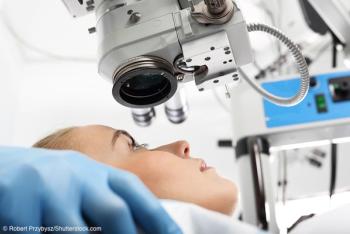
Advancing methods for evaluating therapeutic response have fostered a new era in glaucoma neuroprotection in which promising candidates are already being investigated in clinical trials and others are poised to begin phase I testing, said Jeffrey L. Goldberg, MD, PhD.




.png)


